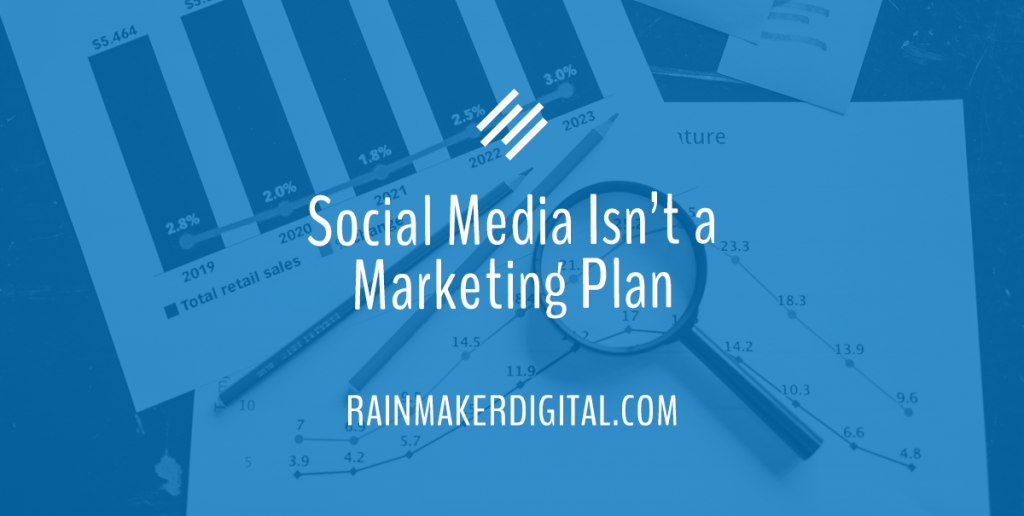
Marketers go where the attention is — and that means social media.
Over 4.59 billion people on this earth have a social media account. It’s the easiest way to get people to know who you are, and most businesspeople know that.
But social media isn’t the whole meal. It’s part of a balanced diet.
I talked to several people recently who seemed to think that all they had to do was build a social media profile, put up a couple of posts and wait for the attention to roll in. And that’s not true. Social media can be a powerful tool for your business, but it takes work, and it’s more limited than you think. It’s not a full marketing plan. Don’t be the marketing version of the guy who only eats mac and cheese.
You need to understand what social media can and cannot do for your business.
What Social Media Can Do for Your Business
Social media really helps with some aspects of content marketing.
Build an Audience
This is most obvious with B2C, with many brands including Wendy’s, Chipotle and Gymshark gaining attention and making sales with their social media presences.
“But my brand isn’t well-suited for social media,” you might say.
There are no boring brands — just badly-told stories. Your brand story is more interesting than you think.
Take Maersk, for example. It’s a commercial shipping company — not a service that seems like an easy fit for social media. But Maersk began a campaign in 2011 to broaden its audience. Within months, it had blossomed to 400,000 Facebook likes.
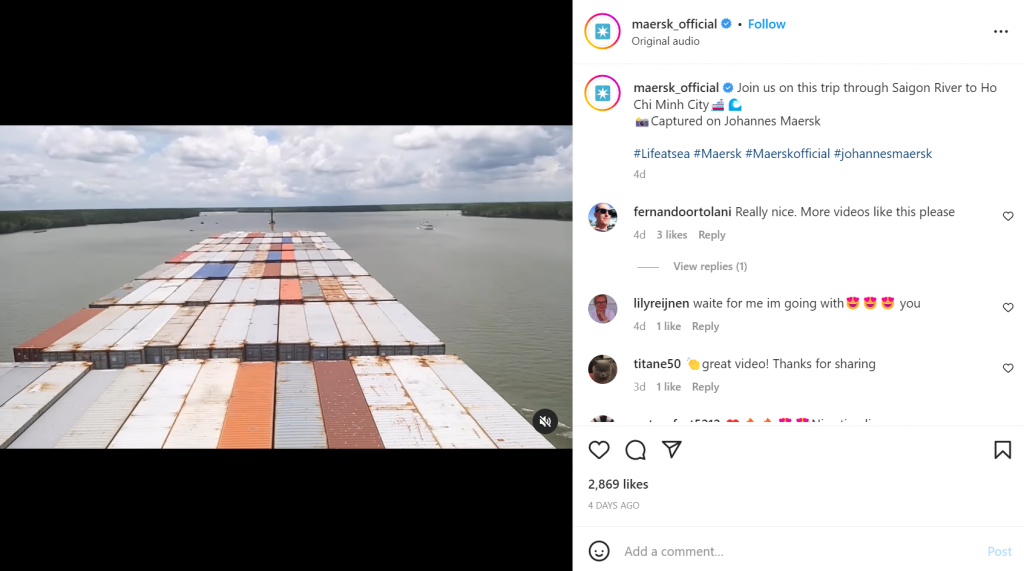
Though there was no direct correlation to the bottom line, Maersk’s campaign did several things for the company. It humanized the brand and improved its public perception. It also increased productivity even within the company and drove camaraderie, according to a later McKinsey study. And it significantly boosted recruitment, both in volume and quality.
That’s for a brand that’s not what most people would call a “natural fit” for social media. At the other end of the spectrum is marketer Gary Vaynerchuk. Active and outspoken, Vaynerchuk’s a walking quote — all he has to do is exist to generate viral content. His embrace of social media has been essential to growing his influence and audience.
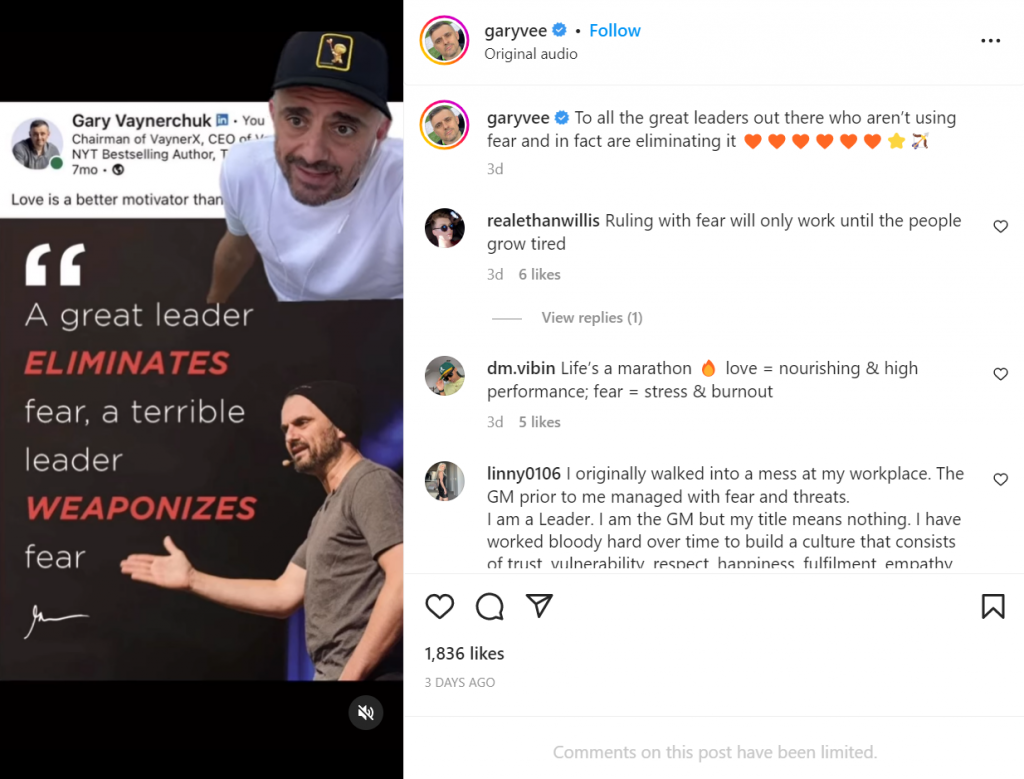
Maersk and Gary Vee are very different brands, but they do the same thing well: they tell an interesting story through their social media to build an audience.
Create New Relationships
My Twitter account has been the single most valuable asset to my freelance career.
I started a Twitter account ages ago for basketball writing, and though I barely cover basketball anymore, the connections I’ve made have opened doors I’d never have known existed. I’ve picked up copy work by asking people if they needed writers. I’ve tapped into journalists and other sources who’d never have given me the time of day in real life. I’ve even been able to line up podcast appearances based on my knowledge of NBA salary cap arcana, despite the fact that I have no connection to any team or media organization.
I have created a personal brand. And growing your public profile can drive new business your way too. I think of brands like The Stepien, a basketball site so good it doesn’t exist anymore. Why? The site did such good work that professional teams started paying the scouts there for freelance scouting. Eventually they hired everyone.
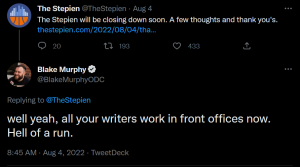
I personally know of many companies that have picked up business opportunities because of someone reaching out over social media. And I’ve reaped the benefits personally. It works.
As your reach grows, so will your authority and influence (if you’re adding value — that goes back to content marketing). That means opportunities come to you, instead of the other way around. Relationship-building is a huge tangible benefit social media can provide.
Demonstrate Your Expertise
Social media has two ways for you to demonstrate expertise: joining other people’s conversations and creating conversations yourself.
I’ve done this through my Twitter basketball account. For example, Matt Moore (@hpbasketball) and Anthony Irwin are both full-time NBA journalists. Matt has 150,000 followers. Anthony has 20,000. I have 3,500. But Anthony and I have established a reputation that we know what we’re talking about, so Matt joined in a conversation with both of us about the Lakers’ team-building. People see that — and when they do, the authority of the people you’re having the conversation with rubs off on you.
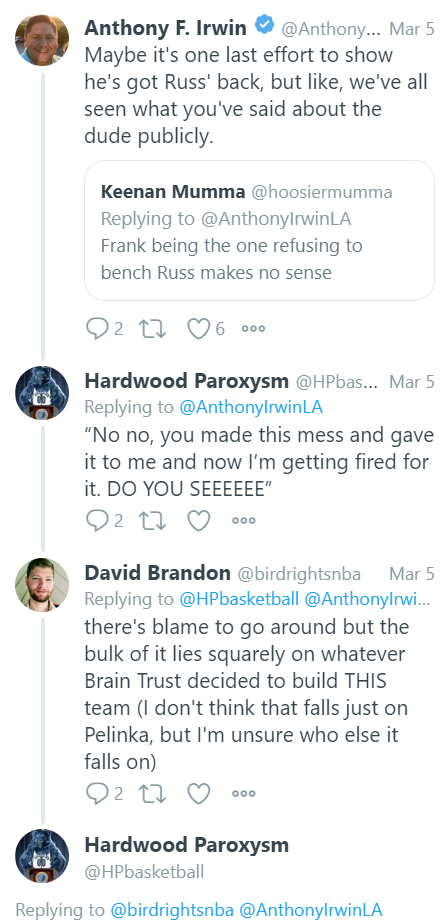
You can start conversations with your own content, too. If you’re putting the effort into creating good content, you’ll generate pieces that grab attention and get shared, read and amplified by your audience. How useful do you think it is for Patrick Campbell (~20,000 followers) to get this kind of cosign from Rand Fishkin (~467,000 followers)? How many more eyeballs are on this piece now than would have been otherwise?
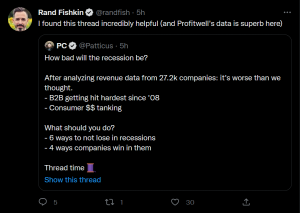
Being able to join and start conversations on social media has tremendous power. It helps you build your authenticity and authority and tap into audiences well beyond your network.
So social media is obviously an incredibly powerful tool. What it isn’t is a one-stop solution for all your content marketing needs. What can’t it do?
What Social Media Can’t Do For Your Business
If you’re new to using social media for your business, you might have a few of these notions. Get rid of that panacea mentality. It’s a useful tool, but it must be used in conjunction with other tools.
Replace an Owned Platform
There are plenty of businesses that rely solely on social media. How many local stores, tradespeople and restaurants do you know that only have a Facebook page or Instagram?
The well-known VFX and movie YouTube channel Corridor Digital fell victim to a hack a couple of months ago, and they were locked out of everything for a period of time. It definitely affected their reach, but they also had a website where they could share videos and keep people updated until everything got resolved. That could happen to your business too — and just like Corridor, you can minimize the impact with your own digital presence.
And social media platforms are constantly tinkering with algorithms, changing things, and affecting your page’s visibility. A website is steady. YOU control it. It’ll exist even if the platform dies. Remember Vine? Myspace? There will be platforms that die in the next few years. It’s just a question of which ones. Have an owned platform so you can pivot to new channels when needed.
Make Substandard Content Perform
There are 1.7 million pieces of content shared every minute on Facebook.
And that’s just Facebook.
People are drowning in content. Want yours to succeed? You have to put in the work. It takes effort to stand out from the scroll; too many businesses new to social media assume that people are just automatically interested in what they have to say.
They aren’t.
If you want to be seen, you need to produce good content consistently. It doesn’t have to have a high production value (unless that’s something you’d need to be authentic to your brand), but it does need to be useful, entertaining, or both.
Replace Older Forms of Outreach
Social media is great for growing your audience, but when it comes to talking to people more personally, you can’t beat the classics. Email (and SMS, to a lesser extent) is the backbone of long-term customer engagement — still. To quote marketer David Newman, “Email has an ability many channels don’t: creating valuable, personal touches—at scale.”
For more on this, check out our article “‘Hi’ Now, Sell Later.”
You Need More than Social Media
You need social media. That’s a given. But don’t oversell what it can do for your business. If you believe your business can survive on social media alone, you’re wrong.
You need to put the time into the other parts of your marketing that need attention. When you understand what social media can and can’t do, you’ll have a clear-eyed view of your marketing needs and what other elements you need to bring to your plan.
Need a hand putting together a plan for your marketing? We can help. Just drop us a line, anytime.
Best Regards,
David Brandon
Copywriter
Rainmaker Digital Services